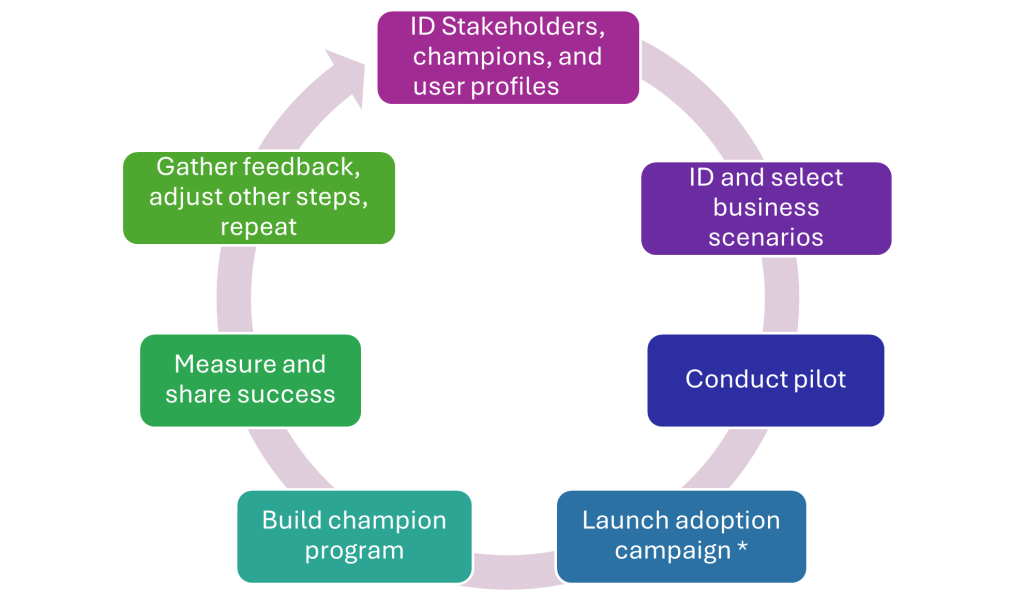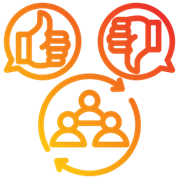![]()
A standard way of defining Change Management is “the management of change and development within a business or similar organization”, but what does that really mean for today’s Information Governance professionals?
A common approach includes the following (easily found online and also used by most organizations):

*Internal awareness materials, training information, defined feedback mechanism, predefined success measures
Are there additional hallmarks of “good” change management? And, if a change management approach is so easy to find, why is change management still so challenging? Is there anything missing from the above list that could help make it less so? I’m going to suggest three areas that require additional emphasis:

Information Governance Steering Committee:
The purpose of the Information Governance Steering Committee is to provide the critical executive-level support needed for successful change. We all know that real change starts at the top, and without leadership understanding, promoting, and driving the change, overall adoption may lag. Additionally, and this is a challenging topic, employees are working with and managing the *organization’s* information. This is not to suggest a Big Brother approach, but instead that the organization’s leadership and the Information Governance Steering Committee should emphasize that adopting the change is critical for each and every employee (they should also lead by example). A Steering Committee is even more important for Purview implementations because information governance, protection, and discovery all come from the same tool, budgets and IT skills.
Network of Information Coordinators:
The network of Information Coordinators will likely include the champions referenced above. More importantly, however, the Information Coordinator includes dedicated employees who know their department, the organization, and also the information their department receives, creates, manages, stores – everything. Each department should have 1-2 Information Coordinators and these colleagues should receive extra training on Data Governance, Discovery, Legal Holds, M365, and additional topics based on the organization’s Information Governance program and strategy. Information Coordinators help smooth the way for process and technology change by serving as an additional resource for answering questions, providing a built-in champion group, and providing proactive input on requirements, design, and other implementation phases that need context-rich input.


Larger emphasis on, and more formal approach, to gathering feedback:
When you utilize a pilot group for a new process or technology, take the time to ask detailed questions on what went well with the process or technology rollout, and more importantly, what didn’t go well. Develop a standard list of both qualitative and quantitative questions on the pilot’s communication and training and ask the pilot participants explicitly what they believe could help their colleagues understand and adopt the change.
Change management is as important as accurate requirements and design for any new process or technology, but it’s often left to the final phase of a project. By ensuring the Information Governance Steering Committee and Information Coordinators are engaged, and the pilot team has a mature feedback program, you can more effectively develop strategies and dramatically increase the odds of a successful implementation.
With Purview and M365 some changes can start immediately and be continuously improved in a program, and establishing a robust change management program as a first step will reap great rewards.
If you are planning a new Purview project or trying to grow your existing program to take better advantage of other Purview capabilities, feel free to reach out to us at contact@infotechtion.com to find out how we can help.



